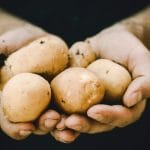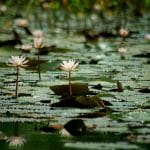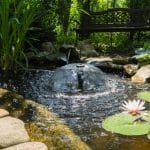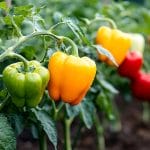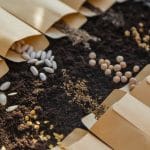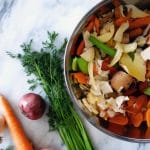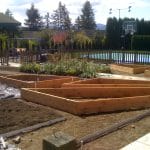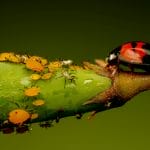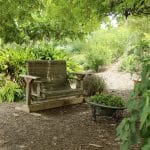Selecting the Right Soil, and What's Safer for Pets
Gardening for Beginners Soil
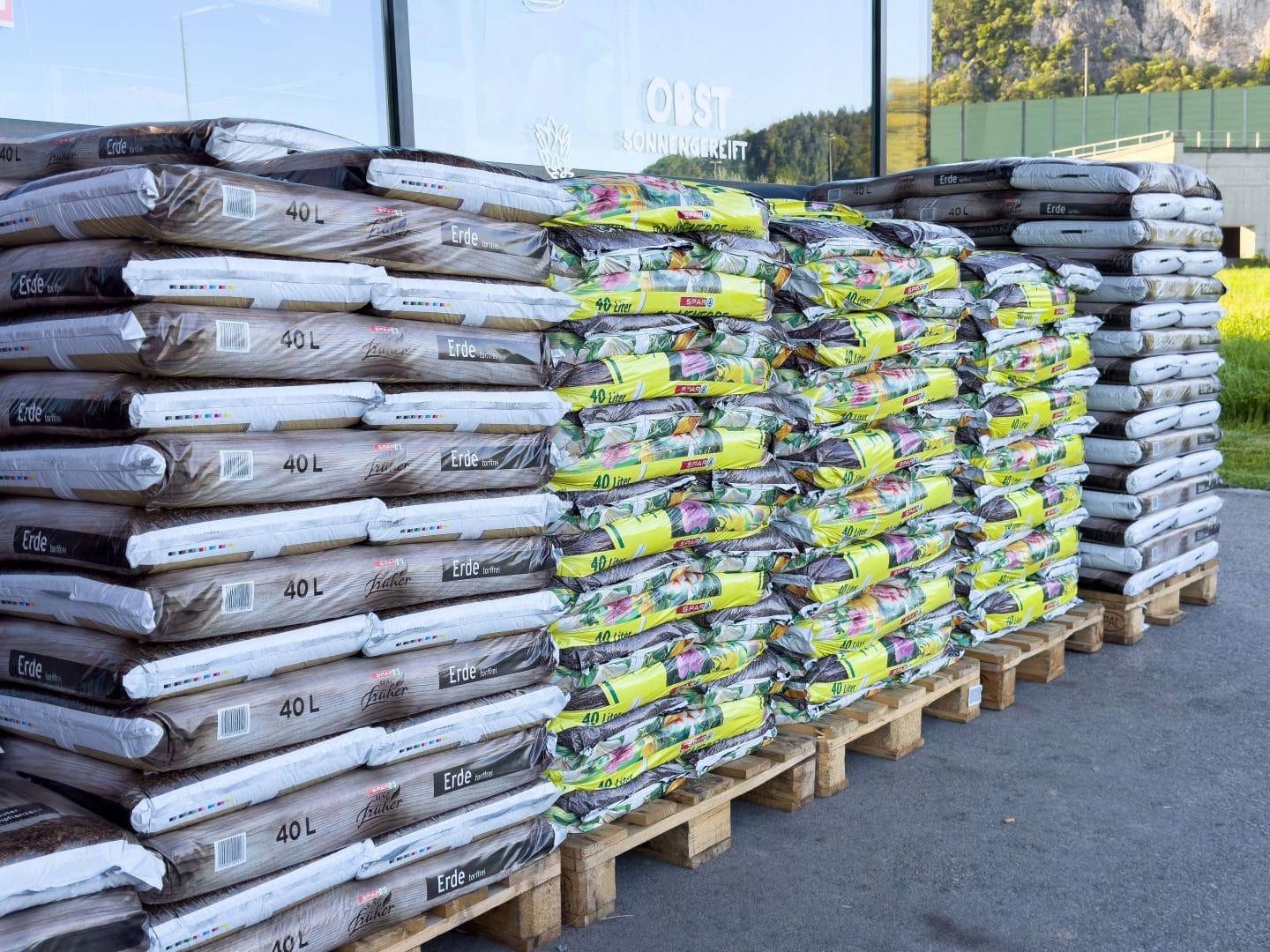
If you’ve ever stood in front of that long wall of soil bags at the garden center — eyes darting between “premium,” “organic,” “moisture control,” “raised bed mix,” and something called “citrus potting blend” — wondering which one you’re supposed to grab, you’re not alone.
I’ve been there. In fact, I’ve been there more than once — usually with a cart that ends up heavier (and pricier) than it needs to be. But over the years, and after more trial-and-error than I care to admit, I’ve figured out which potting soils actually deliver, which are fine for containers versus in-ground, and which are better if you’ve got pets who like to poke around your plants.
And since I garden with two curious dogs, pet safety isn’t just a nice-to-know — it’s a dealbreaker.
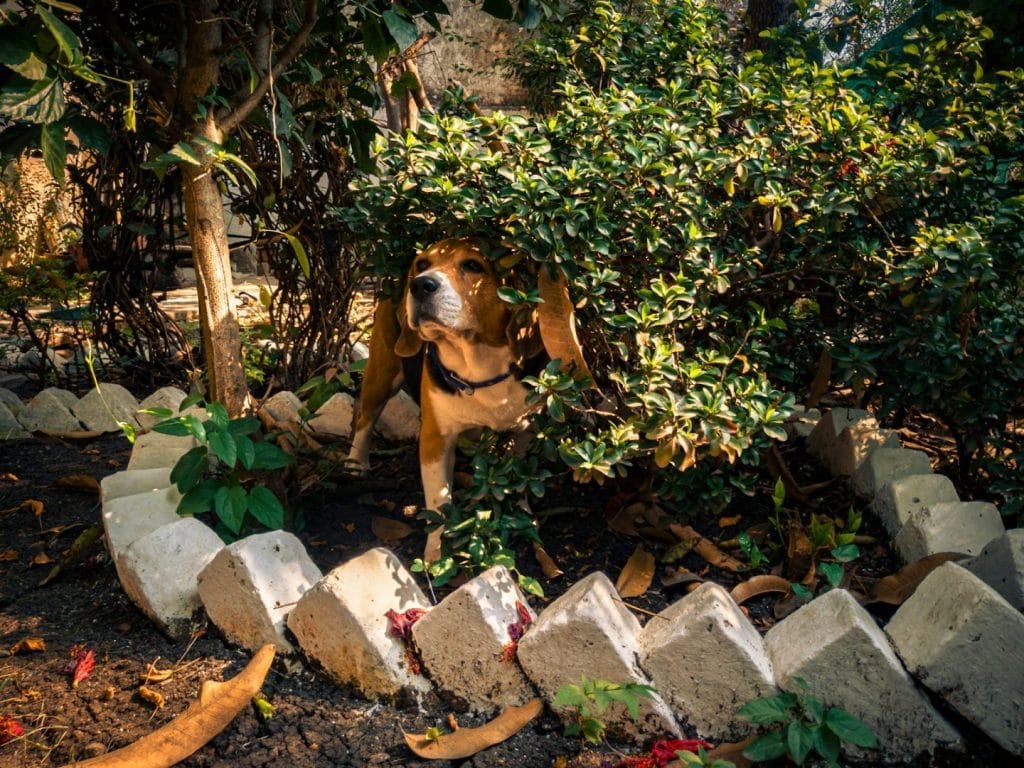
Pet Safety and Potting Soil
Here’s the thing: most commercial potting mixes aren’t technically poisonous to dogs or cats in the sense that one sniff will send you to the vet. But some do contain additives or organic fertilizers that can cause stomach upset, vomiting, or worse if your pet decides to snack on them.
Common ingredients to watch for:
- Cocoa mulch – toxic to dogs and cats.
- Blood meal – rich in nitrogen, but can cause vomiting or even pancreatitis.
- Bone meal – can cause digestive blockages if ingested in quantity.
- Some synthetic fertilizers irritate the stomach and can be harmful in larger doses.
Brands I’ve found to be safer in my own garden (and that my dogs leave alone):
- Recipe 420 – my go-to for most of my planting. I get great results, it holds moisture well, and my dogs haven’t shown the slightest interest in digging in it.
- FoxFarm Happy Frog – good for containers and gentle on roots.
- Espoma Organic Potting Mix – a solid option, though it can be heavier in containers.
- Black Gold All Purpose Potting Soil – a good, straightforward mix.
Even with pet-safe brands, I still keep an eye on the dogs for the first day or two after planting. Curiosity fades fast once the soil smells like plants instead of a fresh bag.
Container Gardening vs. In-Ground Use
The bag will usually tell you if a soil is meant for “in-ground” or “container” use — but the truth is, it’s mostly about texture and drainage.
- In-ground gardens – You want something that will improve soil structure without holding too much water. Garden soils, compost, and soil conditioners (like leaf mold) work well here.
- Container gardening – You want a lighter mix that drains well and holds moisture evenly. Potting mixes are usually 2/3 peat moss or coco coir, with perlite or pumice mixed in.
One of my favorite blends for container veggies is 50% potting mix + 50% compost. For in-ground beds, I’ll often use garden soil + compost, then mulch over the top.
Are You Paying Extra for Pretty Soil Bags
Ever notice how garden center aisles are full of bags with fancy names and big promises? “Raised Bed Mix,” “Moisture Control,” “Citrus and Palm Soil” — all dressed up like they’re the magic key to a bumper crop. Truth is, most of them are just the same basic ingredients shuffled around with a different label and price tag.
When you strip it down, you’ve really only got three main categories:
- Topsoil – Plain dirt. Good for filling low spots or mixing into in-ground beds.
- Garden soil – Topsoil with some peat moss mixed in. Works fine in the ground, not great in pots.
- Potting mix – Mostly peat moss or coco coir, plus perlite or pumice for drainage. Best for containers.
Everything else? Marketing. “Moisture control” is just more peat moss. “Raised bed mix” is a potting mix with a fancier label. And those “special blends” for blueberries, citrus, or palms? You can skip them most of the time.
When specialized soil is worth it: Cactus/palm/citrus soil has extra sand or grit for drainage, which makes it perfect for plants that hate wet feet. I use this mixture for plumeria, succulents, jade plants, and even some Mediterranean herbs like rosemary and lavender, which prefer drier roots. For other plants, you can create your own version by mixing regular potting soil with sand or perlite.
If you want to save money, here’s what I recommend: buy a bale of peat moss along with a couple of bags of the cheapest topsoil or garden soil you can find. Mix them 50/50 for containers, or use garden soil blended with your own native dirt for raised beds and in-ground planting. Toss in compost, and you’ve got a rich, living mix without spending $12 on a bag that’s mostly air and promises.
One last tip — watch for bags with big chunks of wood. While wood will eventually break down into good organic matter, it’ll tie up nitrogen in the first year, and your plants will look hungry. Better to start with a clean, balanced mix than fight that battle.
Fertilizer: Keep It Simple
You don’t need a different bag of fertilizer for every plant you grow. Tomato tone, berry tone, rose tone, they’re all basically the same stuff with minor tweaks.
Pick one good-quality organic granular fertilizer (I like Espoma’s Plant-Tone or Garden-Tone) and use it for everything. Check the price per pound — aim for around $1.50–$1.75.
Then keep one water-soluble fertilizer on hand for quick boosts, especially in containers. Fish emulsion (like Alaska 5-1-1) is great, but Miracle-Gro or another basic synthetic works fine too.
That’s it. One slow-release, one fast-release. The rest is just marketing.
How I Choose
These days, my soil shelf is a lot less cluttered. For most planting, I reach for Recipe 420 — it’s pet-safe in my experience, my dogs stay out of it, and it performs beautifully in both pots and beds. When I’m filling a big raised bed, I’ll bulk it out with a peat moss + compost blend to save money.
The less time I spend standing in the soil aisle second-guessing myself, the more time I get to actually be in the garden — and that’s the whole point.

Recipe 420 Potting Soil – Our Favorite!
- 100% Natural & Organic
- Awesome performance
- Includes Mycorrhizal fungi and beneficial microorganisms
- Diversified nutrients, including crab meal, fish bone meal, earthworm castings, humic acid, and more
FAQ
Is “moisture control” potting soil worth it?
Not really. It’s usually just more peat moss, which you can add yourself.
Can I use garden soil in pots?
Not without lightening it up — it compacts too much. Mix it with potting mix or peat moss.
Do I need separate fertilizers for different plants?
Nope. One all-purpose organic fertilizer works for most veggies, herbs, flowers, and shrubs.
Which potting soils are safest for pets?
In my experience, Recipe 420, Happy Frog, Espoma Organic, and Black Gold. Always double-check the label for cocoa mulch, bone meal, or blood meal if you have pets that dig.
Is cactus/palm/citrus soil worth buying?
Only for plants that truly need extra drainage — like plumeria, succulents, and some Mediterranean herbs. For most plants, you can make your own by adding sand or perlite to regular potting mix.
Share this post
All categories
More From The Garden
Disclosure: This post may contain affiliate links. That means if you click and buy, The Bright Garden may earn a small commission, at no extra cost to you. We only recommend products we’ve vetted and believe will benefit our readers.

